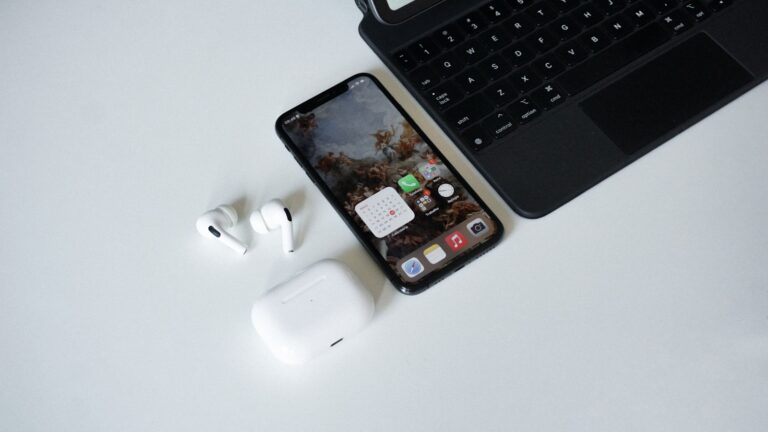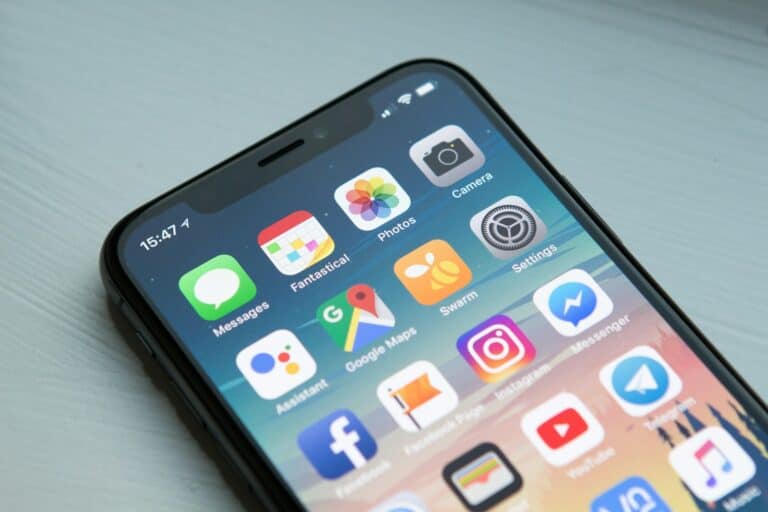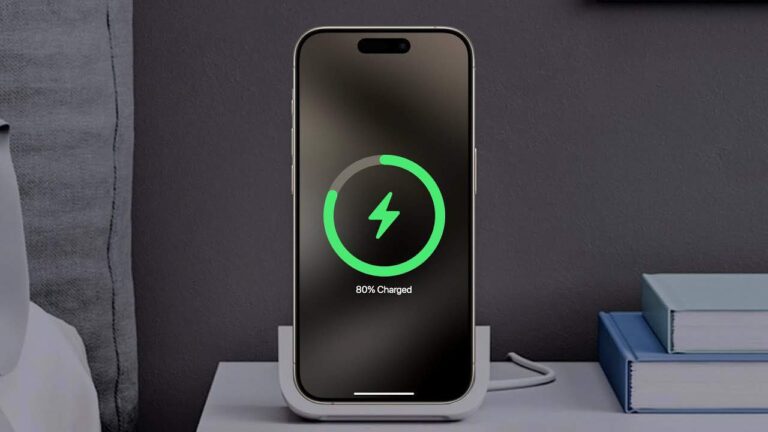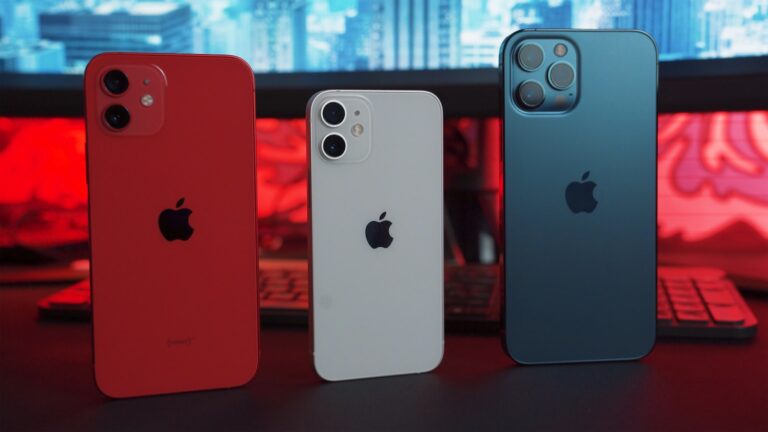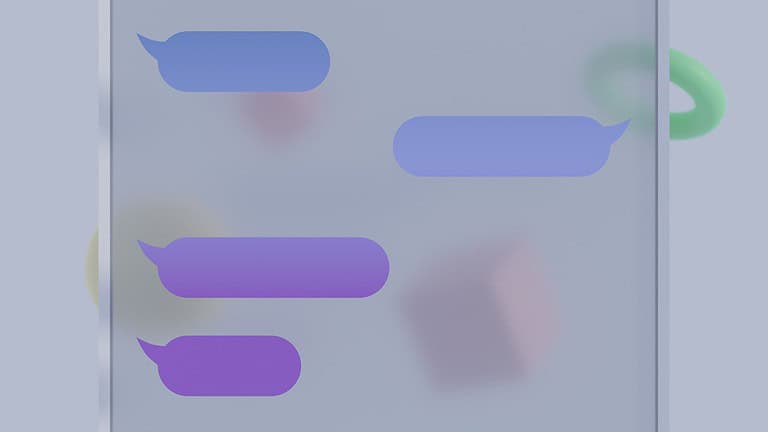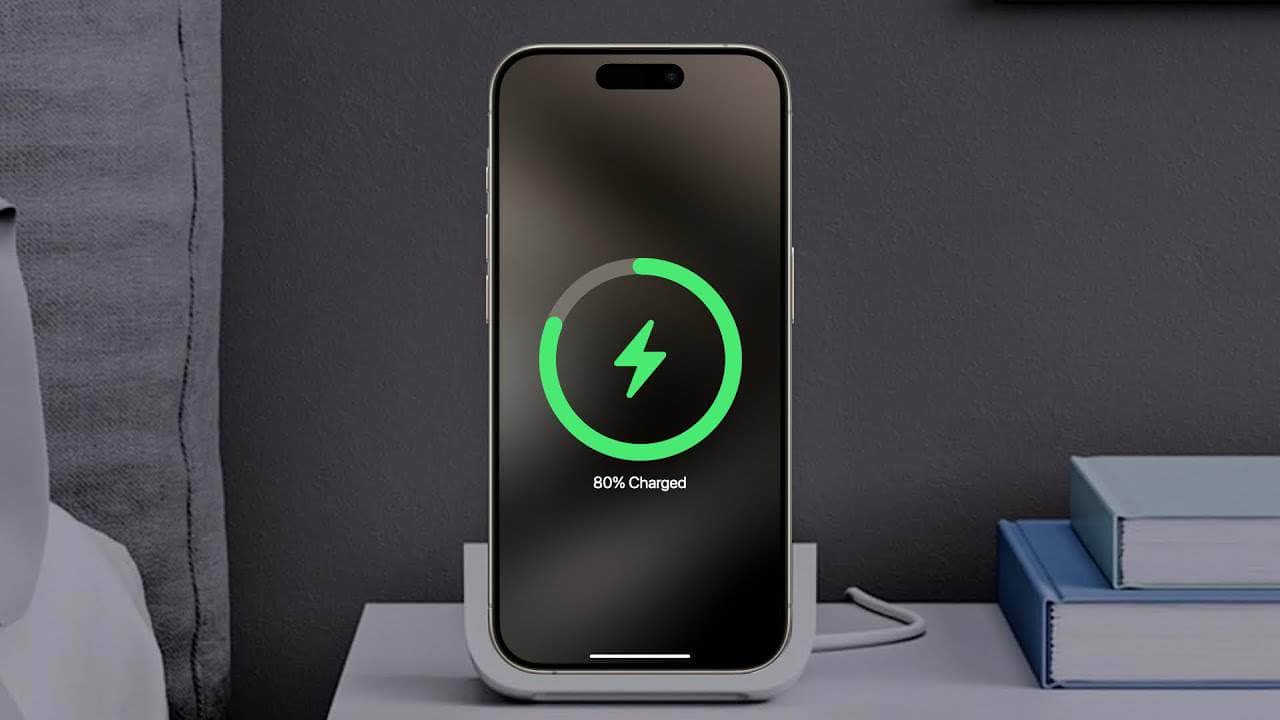
iPhone chargers come in various wattages, catering to different charging needs. The standard iPhone charger typically delivers 5 watts of power, but newer models support fast charging with adapters providing up to 20 watts or more. This variation in wattage affects charging speed and efficiency.
Apple’s newer iPhones, including the iPhone 12 and later models, require a minimum of 20 watts for fast charging. This allows these devices to reach 50% battery capacity in about 30 minutes. Older iPhone models like the iPhone 7 and earlier use standard 5-watt charging.
USB-C power adapters offer higher wattages and faster charging speeds. These adapters can deliver power outputs ranging from 18 watts to 30 watts or more, depending on the specific model and manufacturer. The choice of charger wattage depends on the iPhone model and desired charging speed.
iPhone Charging Wattages Supported
Here’s a table of the wattage for every iPhone adjusted as Apple’s charging technology has evolved. Note that not every iPhone has included a charger in the box. This table outlines the typical charging capabilities and the wattage of common chargers used with each generation:
| iPhone Model(s) | Typical Charger Included (if any) | Max Charging Wattage Supported | Notes |
|---|---|---|---|
| Original iPhone – iPhone 5 | 5W USB-A | 5W | Original iPhones used a 5W USB-A charger. |
| iPhone 5s – iPhone 7 | 5W USB-A (some regions 12W) | 12W | Some regions included a 12W charger with iPads, which could be used for faster iPhone charging. |
| iPhone 8, iPhone 8 Plus, iPhone X | None included | 18W (with USB-C to Lightning cable and compatible adapter) | These models introduced fast charging via USB-C PD. |
| iPhone XR, iPhone XS, iPhone XS Max | None included | 18W (with USB-C to Lightning cable and compatible adapter) | Fast charging continued. |
| iPhone 11 | None included | 18W (with USB-C to Lightning cable and compatible adapter) | Fast charging continued. |
| iPhone 11 Pro, iPhone 11 Pro Max | 18W USB-C | 18W | First iPhones to include an 18W USB-C charger in the box. |
| iPhone 12 series | None included | 20W (with compatible adapter) | Apple switched to a 20W USB-C adapter as the standard. |
| iPhone 13 series | None included | 20W (with compatible adapter) | Charging capabilities remained the same. |
| iPhone SE (3rd gen) | None included | 20W (with compatible adapter) | Supports fast charging like newer models. |
| iPhone 14 series | None included | Up to 25W (with compatible adapter) | Slight increase in maximum charging wattage. |
| iPhone 15 series | None included | Up to 29W (with compatible adapter) | Further increase in maximum charging wattage. Switched to USB-C port. |
| iPhone 16 series | None included | Up to 45W (with compatible adapter) | Significant increase in maximum charging wattage. Continues with USB-C port. |
Important Notes:
- Chargers not included: Since the iPhone 12, Apple has not included a charger in the box.
- Fast charging: To achieve the maximum charging speeds listed, you need a compatible USB-C power adapter (18W, 20W, or higher) and the appropriate cable (USB-C to Lightning for older models, USB-C to USB-C for iPhone 15 and later).
- Third-party chargers: You can use third-party chargers, but ensure they are certified and meet safety standards.
Key Takeaways
- Standard iPhone chargers deliver 5 watts, while fast charging requires 20 watts or more
- Fast charging can power up compatible iPhones to 50% in about 30 minutes
- USB-C adapters offer higher wattages and faster charging capabilities for newer iPhone models
Understanding iPhone Charger Basics
iPhone chargers convert electrical energy to power your device. The key components are wattage, voltage, and current, which work together to charge your iPhone safely and efficiently.
Wattage and Power Output
Wattage measures the power output of an iPhone charger. Standard iPhone chargers typically provide 5 watts of power. This is sufficient for basic charging needs.
Newer iPhone models support faster charging with higher wattage adapters:
- iPhone 8 and later: Up to 20W
- iPhone 12 and later: Up to 27W (with MagSafe)
Higher wattage chargers can reduce charging time significantly. For example, a 20W charger can charge an iPhone to 50% in about 30 minutes.
Apple also sells higher wattage USB-C power adapters:
- 18W
- 20W
- 30W
- 61W
- 96W
These can charge iPhones faster, but the phone will only draw the maximum power it can handle.
Voltage and Current Explained
Voltage and current are crucial elements in iPhone charging. Voltage is the electrical potential difference, while current is the flow of electric charge.
iPhone chargers typically output:
- Voltage: 5V
- Current: 1A (5W chargers) to 3A (15W+ chargers)
The relationship between these factors is:
Power (Watts) = Voltage (Volts) x Current (Amps)
iPhones use USB Power Delivery (USB-PD) for fast charging. This allows for variable voltage and current to optimize charging speed and efficiency.
USB-PD can adjust voltage up to 20V for compatible devices, enabling faster charging while maintaining safety.
Charger Variations for Different iPhone Models
iPhone chargers have evolved over time, with different wattages and connector types accompanying various models. These changes aim to improve charging speed and compatibility.
5-Watt vs 18-Watt vs 20-Watt Chargers
The 5-watt charger was standard for many iPhone models. It provided a slow but steady charge. Apple introduced the 18-watt charger with the iPhone 11 Pro, significantly reducing charging time.
The 20-watt charger became the new standard with the iPhone 12 series. This adapter supports fast charging, allowing the device to reach 50% battery in about 30 minutes.
Older iPhones can use higher-wattage chargers safely. The device only draws the power it needs. However, newer models benefit most from these advanced chargers.
USB-A on Older Models Vs. USB-C on Latest Models
Earlier iPhones used USB-A to Lightning cables. These were compatible with many existing chargers and computer ports.
Newer iPhones now come with USB-C to Lightning cables. This change brings several benefits:
- Faster charging speeds
- Improved data transfer rates
- Compatibility with more devices
USB-C chargers work with older iPhones too, but require a different cable. Users with multiple Apple devices may find USB-C more convenient, as it’s also used by iPads and MacBooks.
Optimizing Charging Efficiency and Speed
Maximizing iPhone charging efficiency involves using the right charger and adopting smart charging habits. Higher wattage chargers can speed up the process, but users must balance fast charging with long-term battery health.
The Role of Higher Wattage Chargers
iPhone users can benefit from higher wattage chargers to reduce charging times. A 20W USB-C power adapter enables fast charging for compatible iPhone models, typically charging up to 50% in about 30 minutes. This speed boost is particularly useful for quick top-ups before heading out.
Newer iPhones support even higher wattage chargers, potentially offering even faster charging speeds. However, the actual charging rate may plateau due to iPhone’s built-in power management system. Users should note that while a higher wattage charger won’t damage the iPhone, it may not always result in significantly faster charging beyond a certain point.
Balancing Fast Charging with Battery Health
Fast charging can be convenient, but frequent use may impact battery longevity. To maintain battery health, users should consider a mix of charging methods. Slow charging overnight using a lower wattage charger can be gentler on the battery.
Apple’s optimized battery charging feature helps by delaying charging past 80% when plugged in for extended periods. This reduces battery aging from constant high-voltage charging. Users can also manually enable low-power mode to slow down battery drain during charging.
For optimal battery health, it’s best to keep the iPhone’s battery level between 20% and 80%. Extreme temperatures can also affect battery performance, so charging in cool environments is recommended. By balancing fast charging with these practices, users can enjoy quick power-ups without significantly compromising long-term battery health.
Additional Charging Technologies and Future Considerations
iPhone charging technology continues to evolve with new innovations and standards. These advancements aim to improve charging speed, convenience, and environmental impact.
Wireless Charging and MagSafe
Wireless charging has become a popular feature for iPhones since its introduction with the iPhone 8. This technology uses electromagnetic induction to transfer power without physical cables. The Qi standard is widely adopted for wireless charging.
Apple’s MagSafe system, introduced with the iPhone 12, enhances wireless charging. It uses magnets to align the phone perfectly with the charger. MagSafe chargers can deliver up to 15 watts of power, faster than standard Qi chargers.
Benefits of MagSafe include:
- Faster charging speeds
- Secure magnetic attachment
- Compatibility with accessories
Some drawbacks to consider:
- Higher cost compared to standard chargers
- Limited availability of third-party options
- Potential interference with medical devices
Environmental Sustainability and Safety Standards
Apple has made efforts to reduce the environmental impact of its charging products. The company no longer includes power adapters with new iPhones, citing reduced electronic waste as the reason.
Safety certifications are crucial for iPhone chargers. Look for these common certifications:
- UL (Underwriters Laboratories)
- CE (Conformité Européenne)
- FCC (Federal Communications Commission)
Apple’s focus on sustainability includes:
- Using recycled materials in chargers
- Improving energy efficiency
- Encouraging responsible disposal of old chargers
Future charging technologies may include:
- Higher wattage options for even faster charging
- Improved heat management to protect battery health
- More eco-friendly materials and manufacturing processes
Frequently Asked Questions
iPhone chargers come in various wattages and specifications. Users often have questions about compatibility, safety, and optimal charging options for different iPhone models.
What is the typical wattage of an iPhone 11 charger?
The iPhone 11 typically comes with a 5W USB-A power adapter. This standard charger provides a basic charging speed for the device. Apple also offers faster charging options for the iPhone 11, such as the 18W USB-C power adapter, which can be purchased separately.
Can the iPhone 14 be charged using a 30W adapter?
Yes, the iPhone 14 can be charged using a 30W adapter. The device supports fast charging and is compatible with higher wattage chargers. Using a 30W adapter can provide faster charging speeds compared to the standard charger included with the iPhone 14.
Is it safe to charge an iPhone with a charger above its original wattage?
Charging an iPhone with a higher wattage charger is generally safe. iPhones have built-in power management systems that regulate the amount of power they draw. The device will only use the power it needs, regardless of the charger’s capacity.
What type of charger comes with the iPhone 13?
The iPhone 13 comes with a USB-C to Lightning cable. Apple no longer includes a power adapter in the box. Users can purchase a compatible USB-C power adapter separately or use an existing one that meets the required specifications.
What charger specifications are recommended for an iPhone 12?
For the iPhone 12, Apple recommends using a 20W USB-C power adapter for optimal fast charging. This adapter can charge the device up to 50% in about 30 minutes. The iPhone 12 is also compatible with higher wattage chargers, which may provide slightly faster charging speeds.
Are high-wattage chargers (100W) compatible with iPhone devices?
High-wattage chargers, such as 100W models, are compatible with iPhone devices. However, iPhones will not use the full 100W capacity. They will only draw the maximum power they are designed to handle. Using a high-wattage charger won’t damage the iPhone or charge it significantly faster than the recommended wattage.

